 |
 |
 |
 |
 |
 |
|
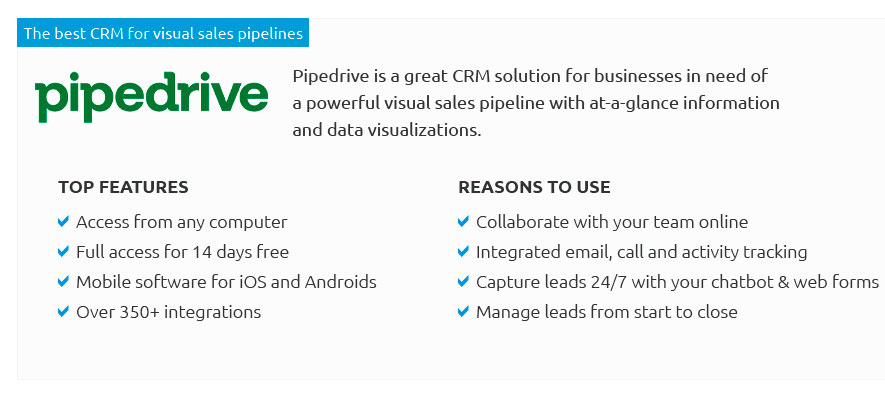 |
|
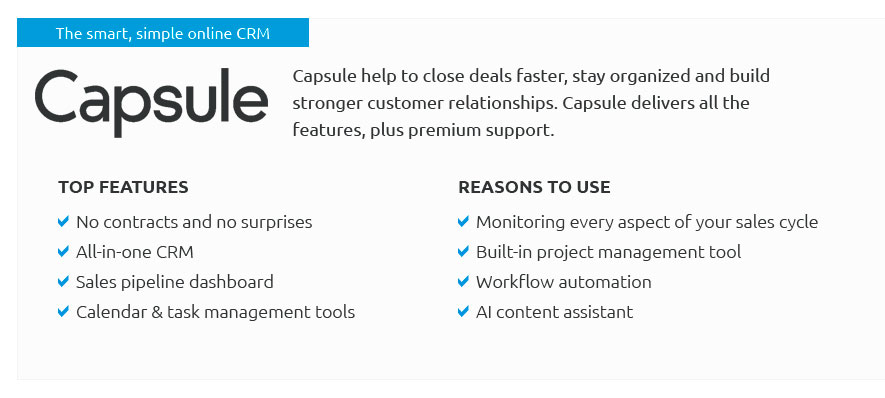 |
|
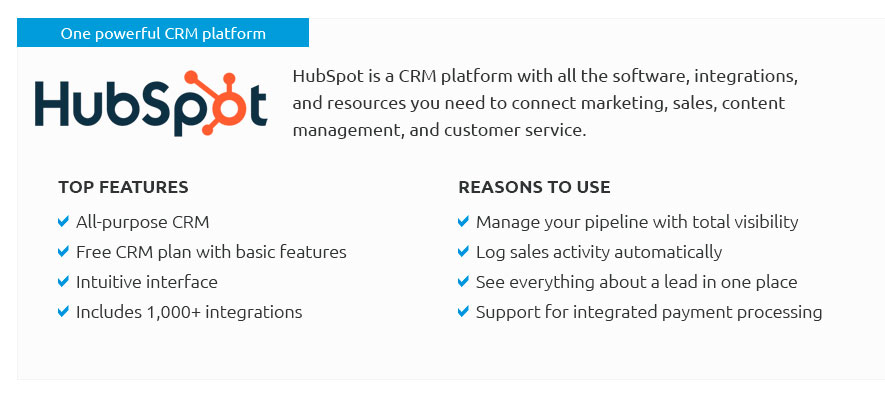 |
|
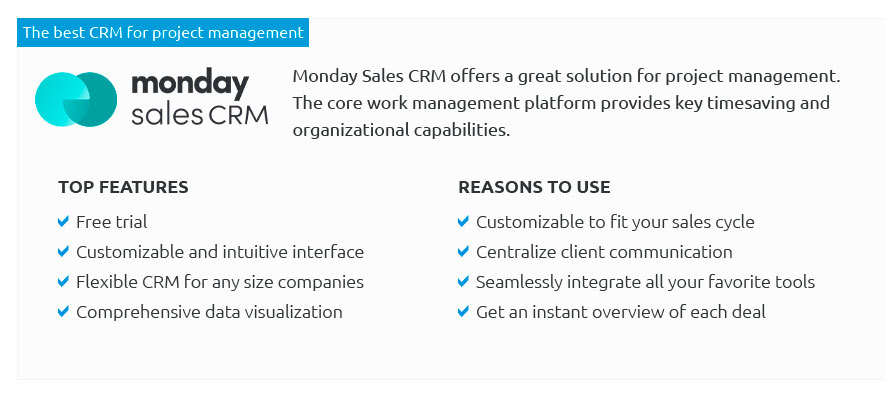 |
|
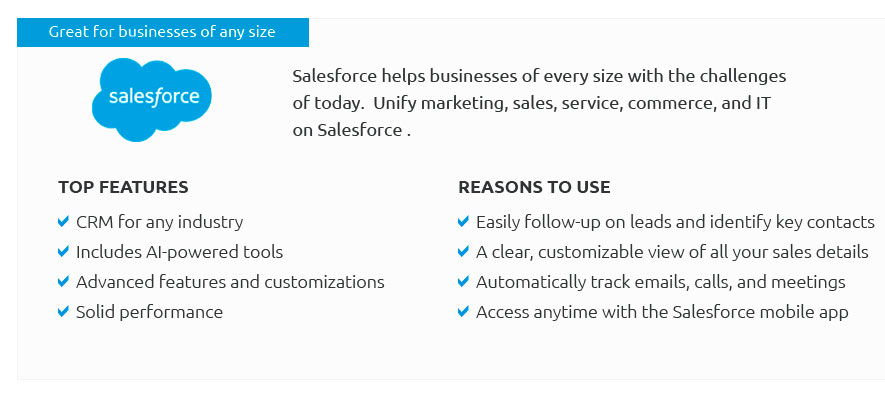 |
|
 |
 |
Tools to Manage Sales PipelineIn today's dynamic business environment, managing a sales pipeline effectively is paramount for achieving sustained growth and success. A well-structured sales pipeline is not just about tracking leads but rather about nurturing relationships, anticipating customer needs, and ultimately closing deals. As companies strive to enhance their sales processes, leveraging the right tools can make all the difference. Let's explore some of the most effective tools available today and how they can help streamline your sales pipeline management. First and foremost, Customer Relationship Management (CRM) systems are indispensable. They serve as the backbone of sales pipeline management by providing a comprehensive overview of customer interactions. Salesforce, for instance, is a leading CRM platform that offers robust features, including contact management, workflow automation, and detailed analytics. It enables sales teams to track the progression of deals through various stages, ensuring no opportunity slips through the cracks. Another noteworthy tool is HubSpot Sales Hub. Known for its user-friendly interface and powerful integration capabilities, HubSpot excels in offering end-to-end solutions that cater to businesses of all sizes. Its pipeline management feature allows sales teams to visualize the sales process, identify bottlenecks, and take actionable steps to move prospects through the funnel efficiently. For organizations seeking a more specialized approach, Pipedrive is worth considering. Its unique selling point lies in its ability to focus on the activity-based selling method. By emphasizing the importance of sales activities, Pipedrive ensures that sales representatives remain proactive and focused on what truly matters-completing activities that drive deals forward. While CRMs provide a solid foundation, enhancing the sales pipeline with additional tools can further optimize performance. For instance, Leadfeeder integrates seamlessly with CRMs to offer insights into website visitor behavior. By identifying companies visiting your site and their interests, sales teams can prioritize leads more effectively and tailor their outreach strategies accordingly. Automation is another critical aspect of modern sales pipeline management. Tools like Zapier and Automate.io can connect different applications, automating repetitive tasks and ensuring that data flows smoothly between systems. This not only saves time but also reduces the risk of human error, allowing sales teams to focus on higher-value activities. Moreover, AI-powered tools are making significant strides in transforming sales pipeline management. Conversica, for example, uses AI-driven virtual assistants to engage with leads, qualifying them through natural language conversations. This enhances lead engagement rates and ensures that only qualified leads are handed over to sales reps, boosting efficiency. In conclusion, managing a sales pipeline is an intricate task that demands a strategic approach and the right set of tools. By leveraging advanced CRMs, activity-focused platforms, automation solutions, and AI technologies, businesses can not only streamline their sales processes but also build lasting relationships with their customers. As the sales landscape continues to evolve, staying ahead of the curve by adopting these tools will be crucial for any organization aiming for long-term success. https://www.getweflow.com/blog/sales-pipeline-tools
Pipedrive makes it easy to track and manage sales activities from start to finish. With its user-friendly interface and customizable pipeline ... https://www.salesloft.com/platform/sales-pipeline-software
Before leaders can streamline sales activities, they must first understand their pipeline. Salesloft's Modern Revenue Workspace ... https://www.shopify.com/blog/pipeline-management-tools
Sales pipeline management tools are software platforms used by businesses to track, oversee, and optimize the entire sales process. Pipeline ...
|